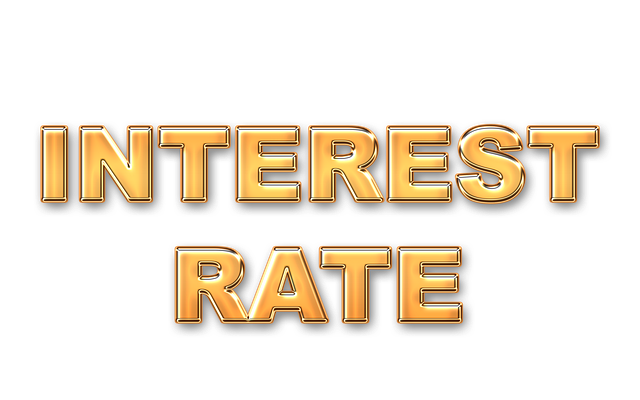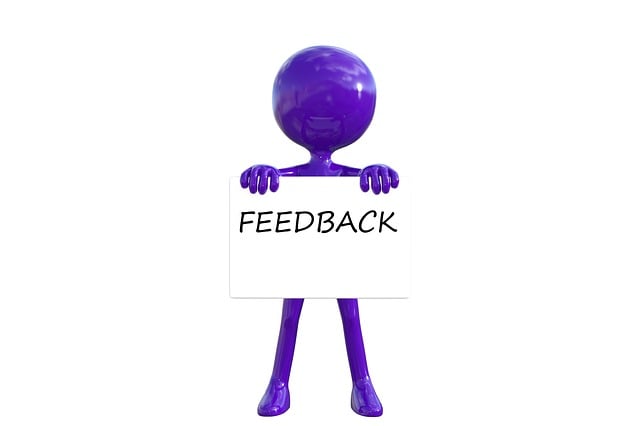In real estate, assessing monthly payment affordability involves considering interest rates, loan terms, down payments, taxes, and insurance. Lenders use models to evaluate borrowers' creditworthiness and debt-to-income ratios. A strategic approach to homeownership includes building an emergency fund, maintaining good credit, managing debt responsibly, and saving for a down payment to secure affordable real estate without compromising financial health.
In today’s competitive real estate market, understanding monthly payment affordability is crucial for both buyers and lenders. This article delves into the complexities of mortgage payments and their impact on buyer capacity, offering insights into key factors influencing financial stability in homeownership. By exploring strategies to enhance affordability, we aim to guide folks through the intricate landscape of real estate financing, ensuring a solid foundation for long-term financial health.
Understanding Monthly Payment Affordability in Real Estate

In the realm of real estate, understanding monthly payment affordability is paramount for both buyers and lenders. It’s not just about the base cost of a property; it encompasses various factors that affect an individual’s or household’s ability to consistently meet financial obligations. This includes variables such as interest rates, loan terms, down payments, and additional costs associated with homeownership like property taxes and insurance. By meticulously evaluating these elements, prospective buyers can gain a clear picture of their long-term financial commitment and make informed decisions about their real estate investments.
Monthly payment affordability in real estate isn’t just about present financial health; it’s also about forecasting future sustainability. Lenders employ sophisticated models to assess borrowers’ creditworthiness, income stability, and debt-to-income ratios. These tools help in gauging whether an individual can comfortably manage their mortgage payments over the life of the loan, ensuring both fiscal responsibility and a stable real estate market. This holistic approach ensures that buyers are not only able to afford their monthly payments but also maintain financial flexibility for other aspects of their lives.
Factors Affecting Mortgage Payments and Buyer Capacity

Various factors significantly influence mortgage payments, which, in turn, affect buyer capacity in the real estate market. One of the primary considerations is the interest rate, as it dictates the overall cost of borrowing. Higher rates lead to larger monthly installments, putting a strain on buyers’ finances. Down payment amounts also play a crucial role; smaller down payments often result in higher monthly payments due to additional fees and insurance requirements.
Additionally, loan terms—whether it’s a 15-year or 30-year mortgage—impact affordability. Shorter terms require higher monthly payments but can save on interest over time. Buyer capacity is further influenced by their income stability and debt-to-income ratio. A substantial down payment and a stable financial situation allow buyers to negotiate lower interest rates and secure more favorable loan terms, thereby enhancing their purchasing power in the real estate market.
Strategies for Enhancing Homeownership Financial Stability

Homeownership is a significant financial commitment, and ensuring long-term affordability is crucial for both buyers and lenders in the real estate sector. To enhance financial stability, prospective homeowners can employ several strategies. First, building an emergency fund is essential to cover unexpected expenses, reducing the strain on monthly payments. Additionally, maintaining a healthy credit score is vital; higher credit ratings often result in more favorable loan terms and lower interest rates. Regularly reviewing and managing debt can significantly impact affordability, encouraging individuals to pay down high-interest debt before taking on a mortgage.
Saving for a substantial down payment can also make homeownership more accessible and affordable. This initial investment reduces the principal amount borrowed, lowering future monthly payments. Furthermore, understanding and comparing different loan options available in the real estate market allows buyers to choose products tailored to their financial capabilities, ensuring long-term affordability without overextending resources.






